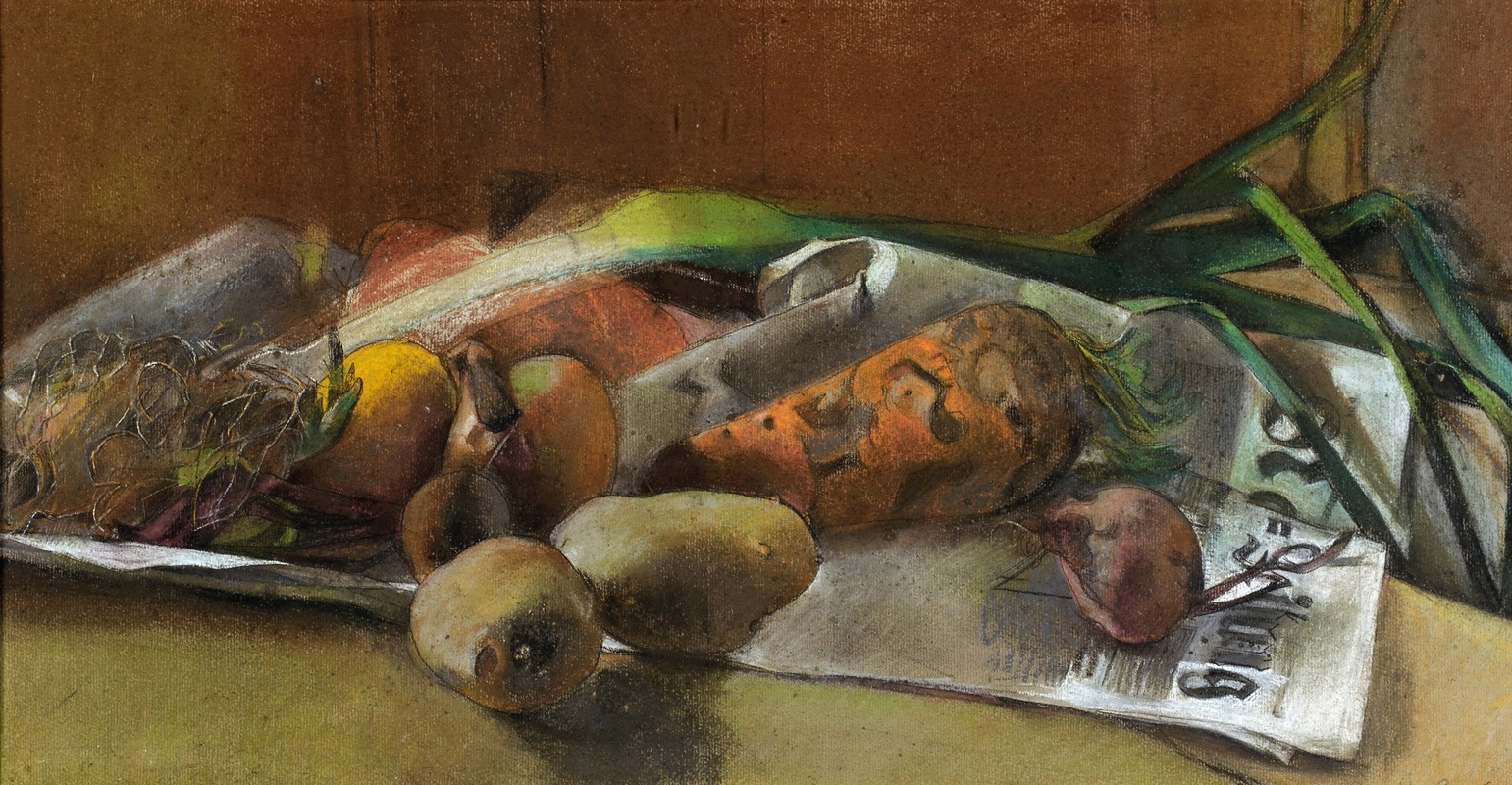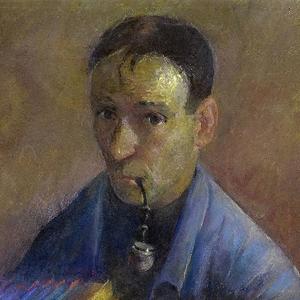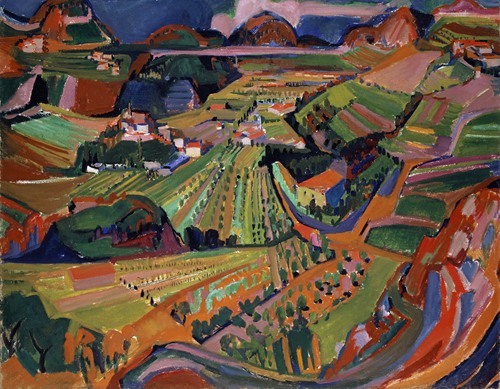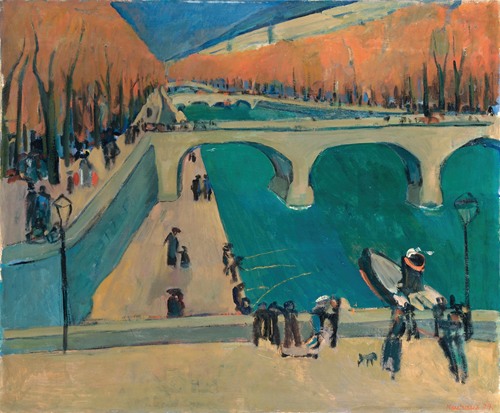

Werner Neuhaus was a Swiss painter, designer and illustrator in the Expressionist style.
After serving an apprenticeship in lithography at the Wassermann Institute in Basel, he audited art classes at the Gewerbeschule (trade school). From 1921 to 1922, he studied with Cuno Amiet and was motivated to rent a studio in Binningen so he could pursue his art work undisturbed. In 1924, Albert Müller, Paul Camenisch and Hermann Scherer got together to form a professional working group of artists an exhibitors known as the Gruppe Rot-Blau [de] and Neuhaus joined them later that year. In 1925 he, Scherer and Camenisch spent the summer working in Mendrisiotto.
In 1926, he married Hedwig Gfeller (d. 1985), daughter of the author, Simon Gfeller, noted as the first person to write a novel in Bernese German. The following year, he and his wife retired from public life and moved to a rural area near Rüegsau in Emmental.
Later, they moved to an area near Lützelflüh called Grabenhalde, where her father lived. There he built a studio which was designed by the architect, Ernst Bützberger (1879-1935). After 1930, he changed to a style of painting that resembled the Academic realism of the 19th century. This change of style corresponded to trends in the tastes of local art collectors, affecting his ability to sell work. Sales of portraits, landscapes and still-lifes increased dramatically. During this period, he was awarded a Federal Arts Fellowship and received third prize at the Concours Calame (named after the landscape painter, Alexandre Calame).
On 20 August 1934, he was riding home on his bicycle with designs for the glass windows at St. Blasius Church when he was struck by an automobile. He died from his injuries two days later. The designs were completed in 1935 by Leo Steck


